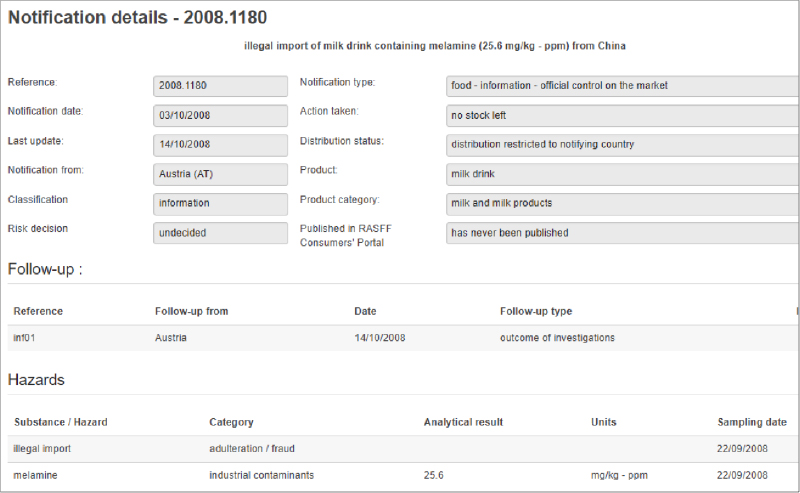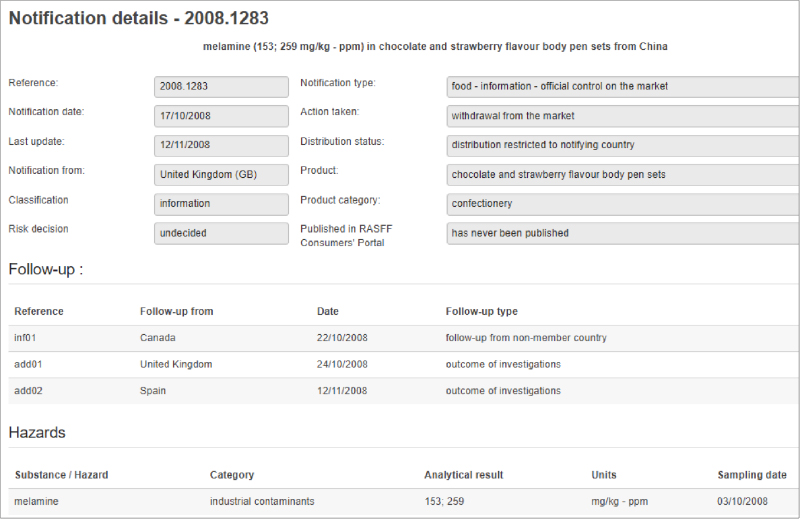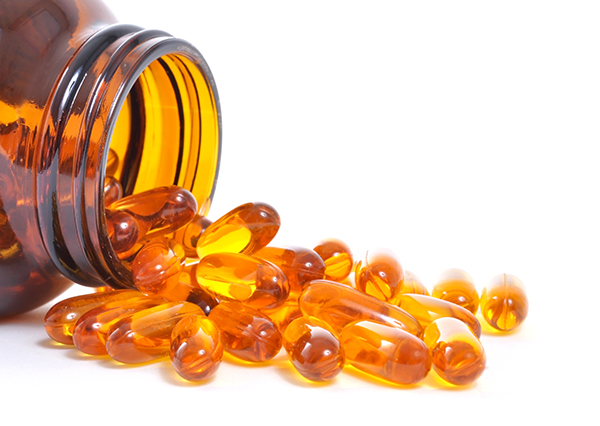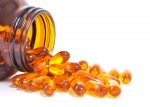COVID-19 has been a sharp wake-up call for many food manufacturers in the need for resilient production environments that can readily respond to large and sudden changes, including fluctuations in demand and disruptive external events. This means being able to optimize operations for the following:
- Efficiency: Where you can achieve constant output even when given fewer inputs—such as in workforce availability or resources. This was especially important when the pandemic caused widespread supply shortages, as well as staffing shortages due to social distancing measures.
- Productivity: When you can ensure that, given the amount of available input (i.e., raw ingredients, manpower, equipment availability), you can maintain a consistent output to meet demand in the marketplace.
- Flexibility: Where you can rapidly and intelligently adapt your processes in the face of change, in ways that are in the best interest of your business, the supply chain, and the consumers who purchase and trust in your products.
That trust is paramount, as manufacturers must continue to uphold quality and safety standards—especially during a time when public health is of the upmost importance. But between operational challenges and managing product quality, that’s a lot for manufacturers to wade through during a crisis.
To navigate the current COVID reality and improve response to future events, more organizations are looking to harness the power of data to enable agile decision-making and, in turn, build more resilient production environments.
Harnessing the Power of Data
The key to harnessing data for agile decisions is to aggregate end-to-end process information and make it available in real time. When you can achieve that, it’s possible to run analytics and derive timely insights into every facet of production. Those insights can be used to increase efficiency, productivity and flexibility—as well as ensure product quality and safety—even amidst upheaval.
When looking at solutions to aggregate data from a single site—or better yet, multiple sites—all roads lead to the cloud. Namely, cloud-based quality intelligence solutions can decouple the data from physical locations—such as paper checklists, forms, or supervisory control and data acquisition (SCADA) and human-machine interfaces (HMI) systems—and centralize what’s collected digitally in a unified repository. The data can then be accessed, analyzed, and consumed by those who need actionable insights from anywhere, at any time, and on any device, making cloud an ideal solution for connecting on-site operators and remote employees.
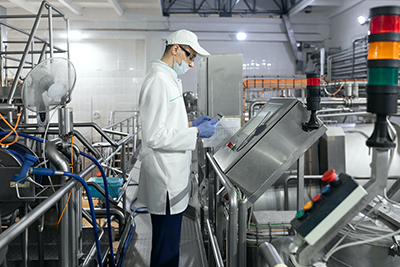
An Opportunity for Broader Transformation
In migrating to the cloud, manufacturers open the opportunity to break away from the legacy, manual processes of yesterday and transition to more nimble, digitally enabled environments of tomorrow. For example, manual processes are often highly dependent on individual operator knowledge, experience and judgement. As the pandemic has shown, such institutional knowledge can be lost when employees become ill, or are unavailable due to self-isolation or travel restrictions, presenting a risk to operational efficiency and productivity. But if that valuable institutional knowledge were captured and codified in a quality intelligence solution as predefined workflows and prescriptive instructions, then a manufacturer could more easily move their resources and personnel around as necessary and find comfort knowing that processes will be executed according to best practices.
For many organizations, this would be a remarkable transformation in the ways of working, where data and digital technologies can augment human capacity and flexibility. Take for instance, in traditional production environments, a lot of human effort is spent on monitoring lines to catch process deviations or events like machine anomalies or quality issues. Using real-time data, next-generation solutions can take on that burden and continuously monitor what’s happening on the plant floor—only alerting relevant teams when an issue arises and they need to intervene. Manufacturers can thereby redeploy people to other tasks, while minimizing the amount of resources necessary to manage product quality and safety during daily production and in the event of disruption.
Ensuring Quality Upstream and Downstream
One company that has succeeded in digital transformation is King & Prince, a manufacturer of breaded, battered and seasoned seafood. When the company digitized its manufacturing processes, it centralized the quality data from all points of origin in a single database. The resulting real-time visibility enables King & Prince to monitor quality on more than 100 processes across three U.S. plants, as well as throughout a widespread network of global suppliers.
With this type of real-time visibility, a company can work with suppliers to correct any quality issues before raw materials are shipped to the United States, which directly translates to a better final product. This insight also helps plant-based procurement managers determine which suppliers to use. Within its own plants, operators receive alerts during production if there are any variations in the data that may indicate inconsistencies. They can thereby stop the process, make necessary adjustments, and use the data again to confirm when everything is back on track.
During finished product inspections, the company can also review the captured data to determine if they need to finetune any processes upstream and respond sooner to prevent issues from making it downstream to the consumer level. Overall, the company is able to better uphold its quality and safety standards, with the number of customer complaints regarding its seafood products dropping to less than one per million pounds sold year over year—and that’s all thanks to the harnessing of data in a digitally enabled production environment.
There’s No Time Like the Present
In truth, technologies like the cloud and quality intelligence solutions, and even the concept of digital transformation, aren’t new. They’ve been on many company agendas for some time, but just haven’t been a high priority. But when the pandemic hit, organizations were suddenly faced with the vulnerabilities of their long-held operational processes and legacy technologies. Now, with the urgency surrounding the need for resilient production environments, these same companies are thinking about how to tactically achieve digital transformation in the span of a few weeks or months rather than years.
Yet while digital transformation may sound like a tremendous initiative with high risks and expenses, it’s more tangible than some may think. For example, cloud-based Software-as-a-Service (SaaS) solutions offer flexible subscription-based models that keep costs low on top of rapid scalability. Digital transformation doesn’t have to be an all-or-nothing endeavor either. In fact, it can be better to progress incrementally, starting first with the manufacturing areas that are most in need or have the most issues. This minimizes unnecessary risk, makes digital transformation more achievable and realistic over short timeframes, and avoids overwhelming already maxed out operational and IT teams.
All things must pass. The pandemic will eventually be over. But in its wake will be a permanent legacy on not just society, but also on the manufacturing sector. In my opinion, digital transformation is a fundamental basis for building resilience into the modern food production environment. Now, more than ever, is the time to address that opportunity head on.





